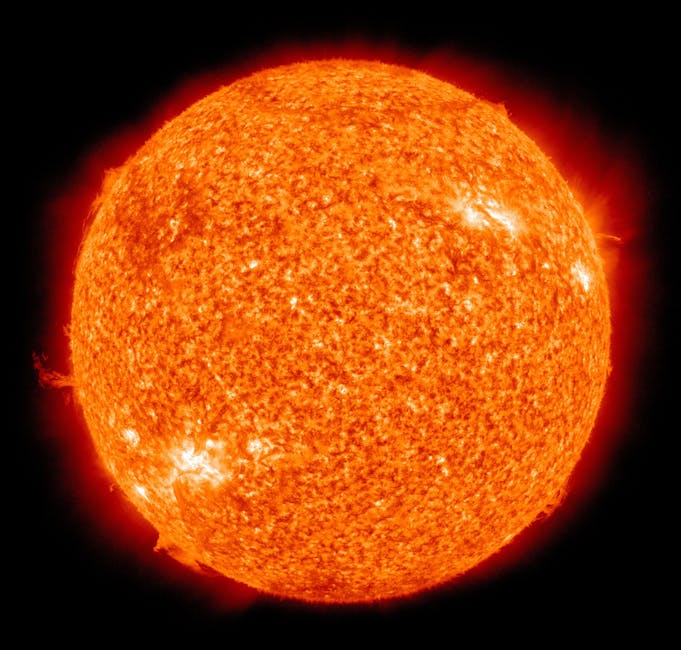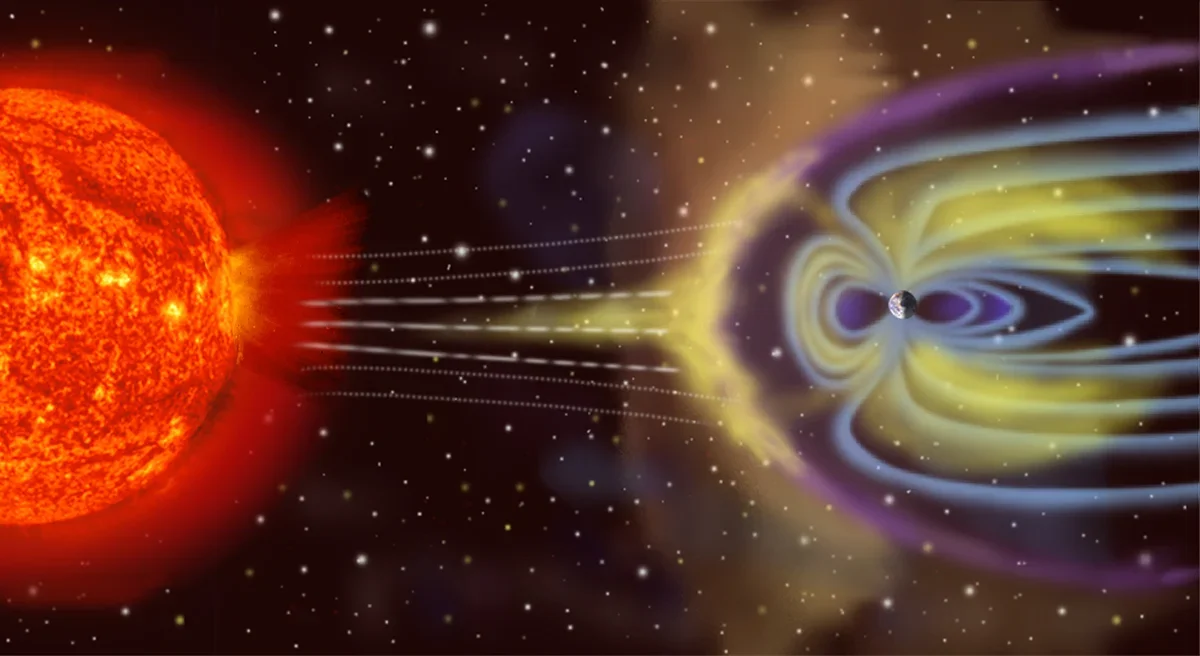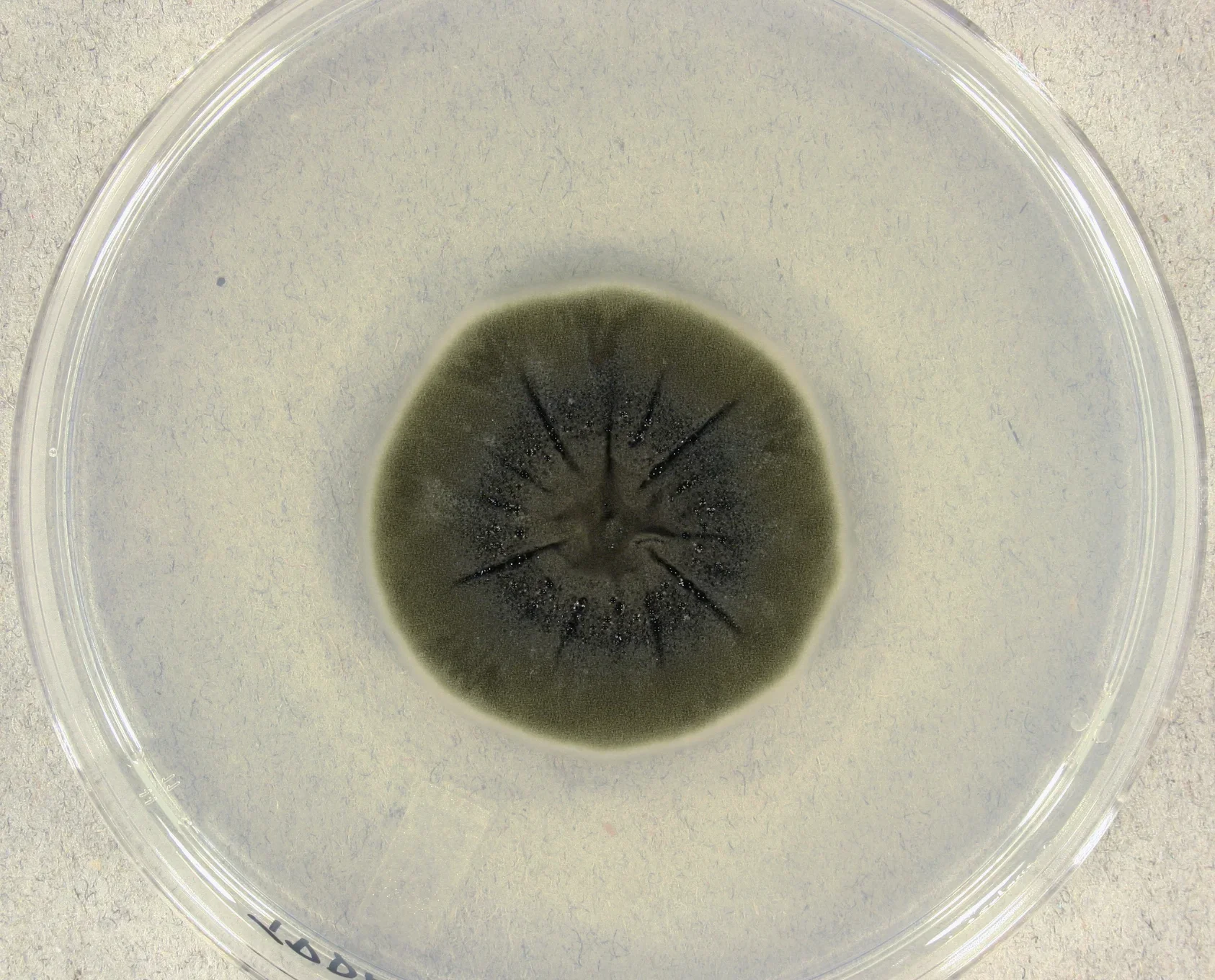According to scientists from the Solar Astronomy Laboratory at the Space Research Institute (IKI) and the Institute of Solar-Terrestrial Physics, after yesterday's powerful solar flare, the star's activity is sharply declining. The solar activity index has moved away from the bottom and is in a weak orange zone, and another, but weaker, outburst was recorded this morning.
Scientists emphasize that "the star is sleeping globally" and images from space telescopes show only "small signs of life" in the eastern part of the Sun, but there is still no real activity. According to forecasts for the coming days, there is a small probability of geomagnetic storms related to the possible expansion of a coronal hole towards the equator. However, these risks are expected to disappear completely by May 22, 2025.
You may also like
It is recalled that the previous X-class solar flare led to an increase in the flux of heavy charged particles in near-Earth space. Solar activity is decreasing faster than expected, after the impact of the coronal hole, which over the weekend caused a significant increase in the speed of the solar wind to 800-900 km/s. Scientists warned that the Sun will become "absolutely boring".








Коментари (0)
Все още няма коментари.